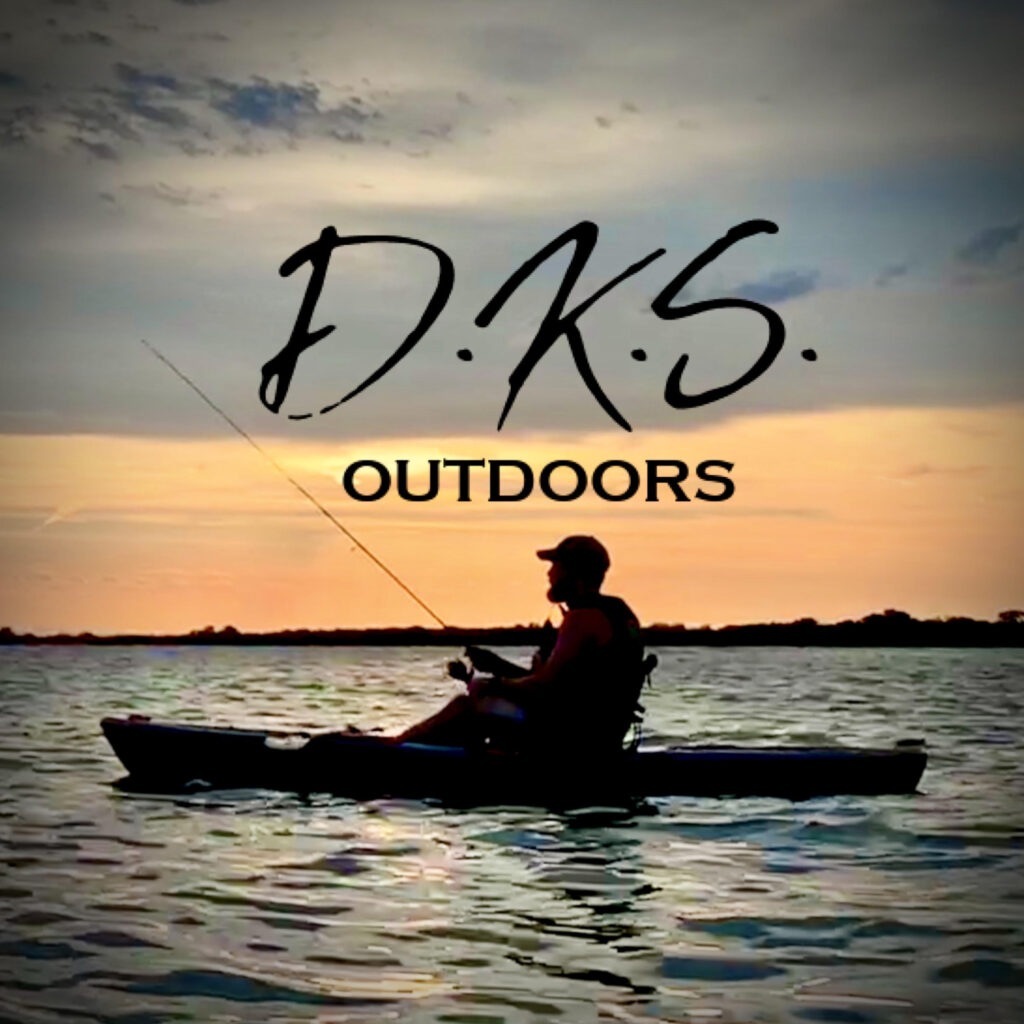Have you ever wondered how some experienced fishermen seem to know exactly where to cast their lines? The answer lies in their ability to read the water. By understanding the signs that indicate where fish are likely to be, you can increase your chances of a successful fishing trip. Here are some tips to help you read the water like a pro.

One way to find fish is to look for areas with structure, such as rocks, vegetation, or sunken logs. These spots provide shelter and protection for fish, so they are more likely to gather there. Similarly, look for areas with changes in depth or current, as these areas can create pockets of calm water that fish use to rest and feed.
Fish Change With The Wind
Another factor to consider when reading the water is wind direction. Wind can affect water movement, pushing surface currents and creating areas of upwelling where deeper water is forced upward. This can bring nutrients to the surface and attract smaller fish, which in turn can attract larger predatory fish. So, pay attention to the direction of the wind and how it affects the water.
If you’re fishing in a river or stream, look for riffles and runs. Riffles are shallow, fast-moving areas where the water is broken up by rocks or other obstacles. These spots provide oxygen-rich water and are good feeding grounds for fish. Runs are deeper, slower-moving areas between riffles, and can also be good spots to find fish.
When fishing in a lake or reservoir, look for drop-offs, weed beds, and points. Drop-offs are areas where the bottom of the lake drops off suddenly, providing access to deeper water. Weed beds provide shelter for fish and attract smaller baitfish, which in turn attract larger fish. Points are areas where the shoreline juts out into the water and can create eddies or areas of upwelling that attract fish.
By learning to read the water, you can increase your chances of catching fish and make your fishing trips more successful. Remember to look for areas with structure or changes in depth or current, pay attention to wind direction, and keep an eye out for riffles and runs in rivers or drop-offs, weed beds, and points in lakes. Don’t forget to keep your hooks sharp!
Happy fishing!
